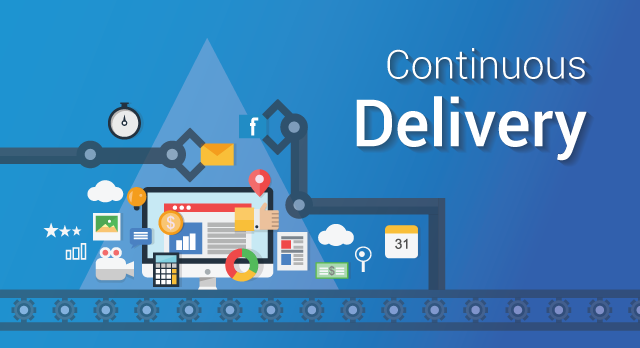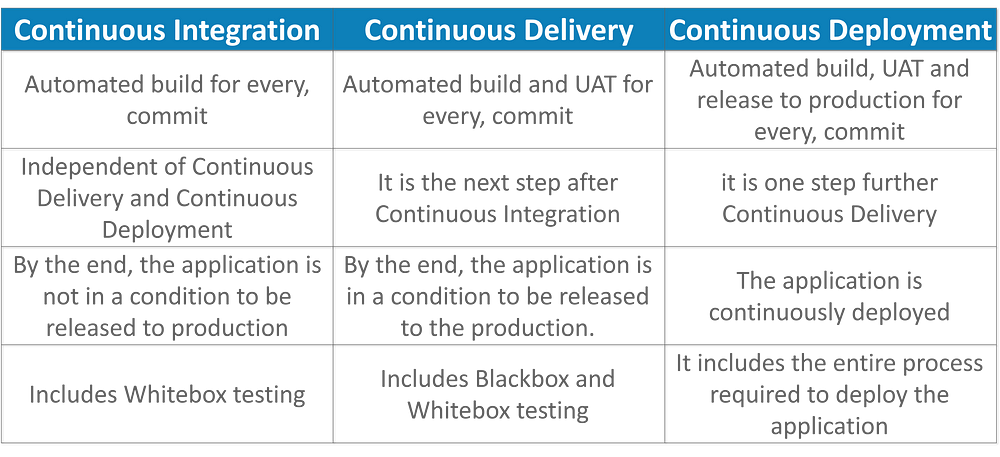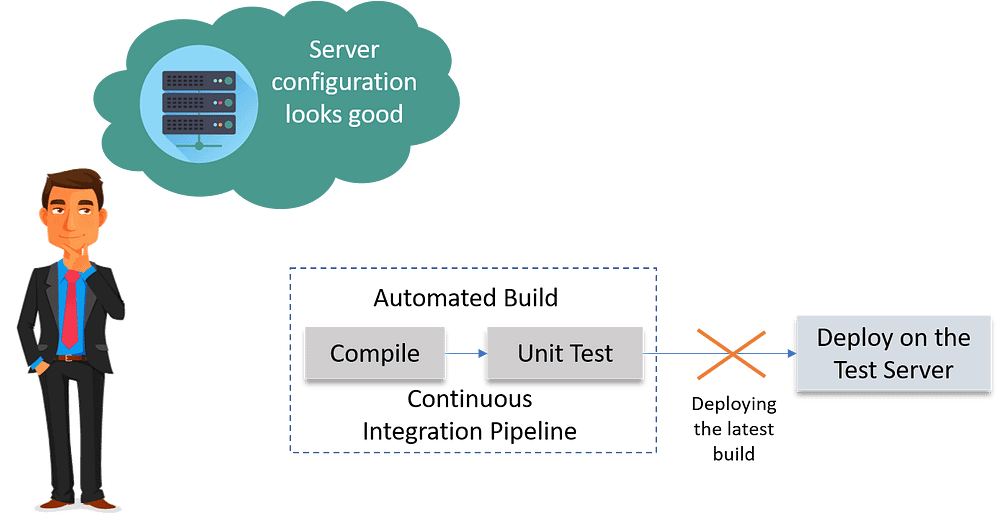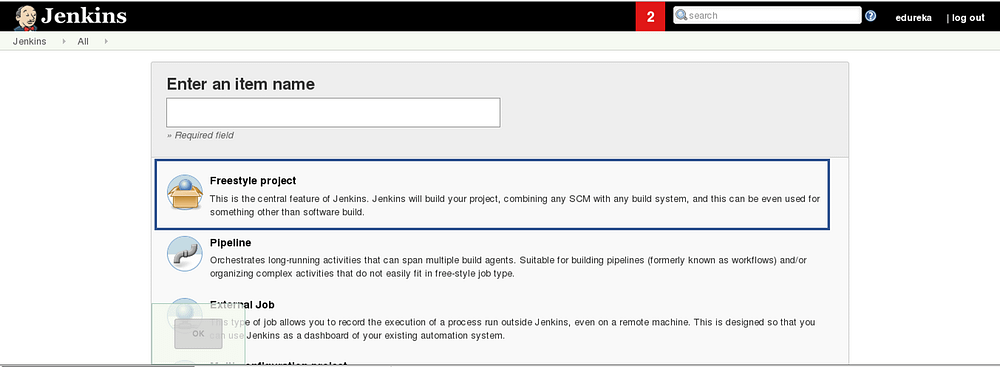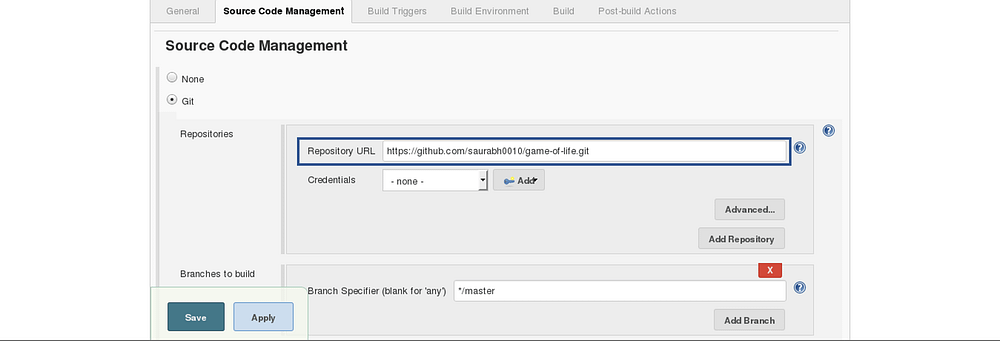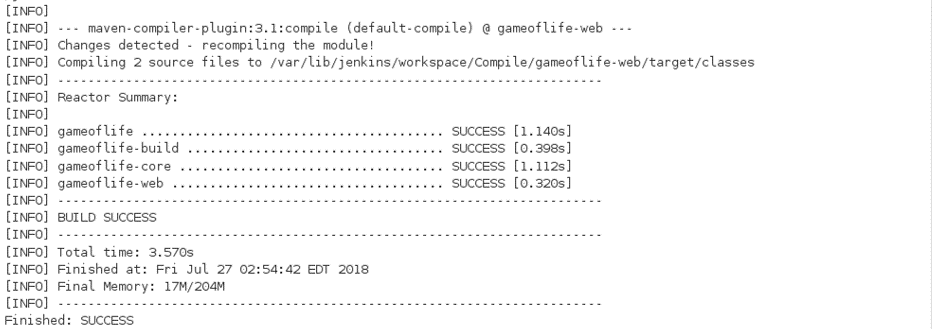The list covers various aspects including CI/CD pipelines, logging, Java Hexagonal Architecture, Spring Boot architecture, Kafka Pub/Sub, Redis Cache, PostgreSQL Database, and SOLID principles.
Project Setup & CI/CD
- Set up a Git repository for source control.
- Define Git branching strategy (e.g., GitFlow, trunk-based development).
- Set up CI/CD pipeline using Jenkins/GitLab CI/GitHub Actions.
- Implement automated build triggers on push/merge.
- Integrate with a code quality tool (SonarQube).
- Set up Docker for containerization of services.
- Create Docker Compose configuration for local development.
- Automate Docker image builds and pushes to a registry.
- Set up staging environment deployment pipeline.
- Set up production environment deployment pipeline.
- Implement blue-green deployments for seamless updates.
- Set up canary deployment strategy for gradual rollouts.
- Configure infrastructure as code (IaC) with Terraform/CloudFormation.
- Set up Kubernetes cluster for container orchestration.
- Implement Helm charts for Kubernetes deployments.
- Integrate with cloud provider services (AWS, Azure, GCP).
- Set up automated rollbacks on deployment failure.
- Implement feature flagging for controlled feature releases.
- Configure CI/CD monitoring and notifications.
- Set up environment-specific configuration management.
Logging & Monitoring
- Implement centralized logging using ELK stack (Elasticsearch, Logstash, Kibana).
- Set up structured logging (e.g., JSON format).
- Configure log levels (DEBUG, INFO, WARN, ERROR) for different environments.
- Implement correlation ID for tracing distributed transactions.
- Set up distributed tracing with Jaeger or Zipkin.
- Integrate with monitoring tools (Prometheus, Grafana).
- Monitor key application metrics (latency, error rates).
- Set up health checks and status endpoints.
- Monitor resource utilization (CPU, memory, disk).
- Implement alerting for critical issues.
- Set up anomaly detection for unusual patterns.
- Implement log rotation and retention policies.
- Monitor Kafka consumer lag.
- Track Redis cache hit/miss rates.
- Monitor PostgreSQL database performance.
- Create dashboards for real-time and historical analysis.
Architecture & Design
- Define bounded contexts for microservices.
- Design services following the Hexagonal Architecture (Ports & Adapters).
- Implement Domain-Driven Design (DDD) principles.
- Design RESTful APIs with consistent patterns.
- Set up an API gateway (Zuul, Spring Cloud Gateway).
- Implement service discovery (Eureka, Consul).
- Define API versioning strategy.
- Implement synchronous/asynchronous communication.
- Use Kafka for event-driven communication.
- Design Kafka topics and partitions.
- Implement Kafka producers and consumers.
- Set up Kafka schema registry for message validation.
- Implement retry logic and dead-letter queues for Kafka.
- Implement Redis for caching frequently accessed data.
- Design Redis key structure and eviction policies.
- Implement read-through and write-through caching strategies.
- Use Redis for distributed locking.
- Design data storage using PostgreSQL.
- Optimize database schema for read/write performance.
- Implement database partitioning and sharding strategies.
- Set up database migrations with Flyway or Liquibase.
- Implement connection pooling for database connections.
- Use circuit breakers (Resilience4j) for fault tolerance.
- Implement bulkheads for resource isolation.
- Design for scalability (horizontal and vertical scaling).
- Implement load balancing (Nginx, HAProxy).
- Ensure statelessness in services for easy scaling.
- Implement CQRS (Command Query Responsibility Segregation) where needed.
- Ensure idempotency in service operations.
Security
- Implement authentication and authorization (OAuth2, JWT).
- Use Spring Security for access control.
- Set up HTTPS/TLS for secure communication.
- Encrypt sensitive data (in-transit and at-rest).
- Use a secret management solution (Vault, AWS Secrets Manager).
- Implement RBAC (Role-Based Access Control).
- Conduct regular security audits.
- Implement security headers for web applications.
- Set up logging and monitoring for security events.
- Ensure compliance with GDPR, CCPA, and other regulations.
- Conduct penetration testing and vulnerability scanning.
- Implement DDoS protection measures.
- Set up audit logging for critical actions.
- Ensure secure communication between microservices.
- Set up network segmentation and security groups.
Development Best Practices
- Follow SOLID principles in code design.
- Implement clean code practices.
- Adopt TDD (Test-Driven Development).
- Use BDD (Behavior-Driven Development) for testing business logic.
- Set up a testing framework (JUnit, Mockito).
- Ensure high unit test coverage.
- Create integration tests for service interactions.
- Implement end-to-end tests for key user flows.
- Use static code analysis tools (Checkstyle, PMD).
- Set up automated code reviews.
- Maintain code documentation (Javadoc, Markdown).
- Document API endpoints using OpenAPI/Swagger.
- Ensure consistent coding style across the team.
- Use feature toggles for progressive delivery.
- Set up continuous feedback loops (feedback from CI, code reviews).
- Refactor code regularly to manage technical debt.
Performance & Optimization
- Conduct load testing to understand system limits.
- Optimize database queries and indexing.
- Implement query caching where appropriate.
- Use async processing for long-running tasks.
- Profile application performance to identify bottlenecks.
- Optimize service startup times.
- Monitor and optimize JVM performance.
- Use CDN for static asset delivery.
- Implement GZIP compression for API responses.
- Optimize resource usage (CPU, memory).
- Use caching strategies effectively (in-memory, Redis).
- Implement efficient serialization/deserialization.
- Optimize Kafka topic and partition design.
Testing & Quality Assurance
- Set up a test environment that mirrors production.
- Implement contract testing for APIs.
- Test failover scenarios and disaster recovery.
- Use mock services for testing dependencies.
- Implement smoke tests in the CI pipeline.
- Conduct chaos engineering experiments.
- Test data consistency across microservices.
- Perform regular performance testing.
- Ensure compliance with non-functional requirements.
Deployment & Release Management
- Set up automated deployments to staging and production.
- Implement a rollback strategy for deployments.
- Use versioning and tagging for releases.
- Document deployment and release processes.
- Ensure database schema changes are backward compatible.
- Set up post-deployment validation and monitoring.
- Implement zero-downtime deployments.
- Coordinate multi-service releases.
- Use immutable infrastructure principles.
Maintenance & Operations
- Set up automated backups for databases and critical data.
- Implement disaster recovery plans.
- Monitor system uptime and availability.
- Set up a service status page for public communication.
- Conduct regular maintenance windows.
- Document operational procedures.
- Perform regular infrastructure audits.
- Optimize cloud resource usage and costs.
- Review and update SLAs (Service Level Agreements).
Collaboration & Communication
- Set up team communication channels (Slack, Microsoft Teams).
- Use project management tools (JIRA, Trello) for task tracking.
- Document architectural decisions (ADR - Architectural Decision Records).
- Share knowledge through internal documentation (Confluence, Notion).
- Conduct regular team retrospectives.
- Organize architecture reviews and technical discussions.
- Establish a culture of continuous improvement.
Miscellaneous
- Set up feature branch deployments for QA testing.
- Implement multi-region deployments for high availability.
- Use A/B testing for feature experiments.
- Ensure proper internationalization (i18n) and localization (l10n).
- Set up cost monitoring and management tools.
- Plan for capacity management and scaling.
- Continuously review and improve the architecture.

